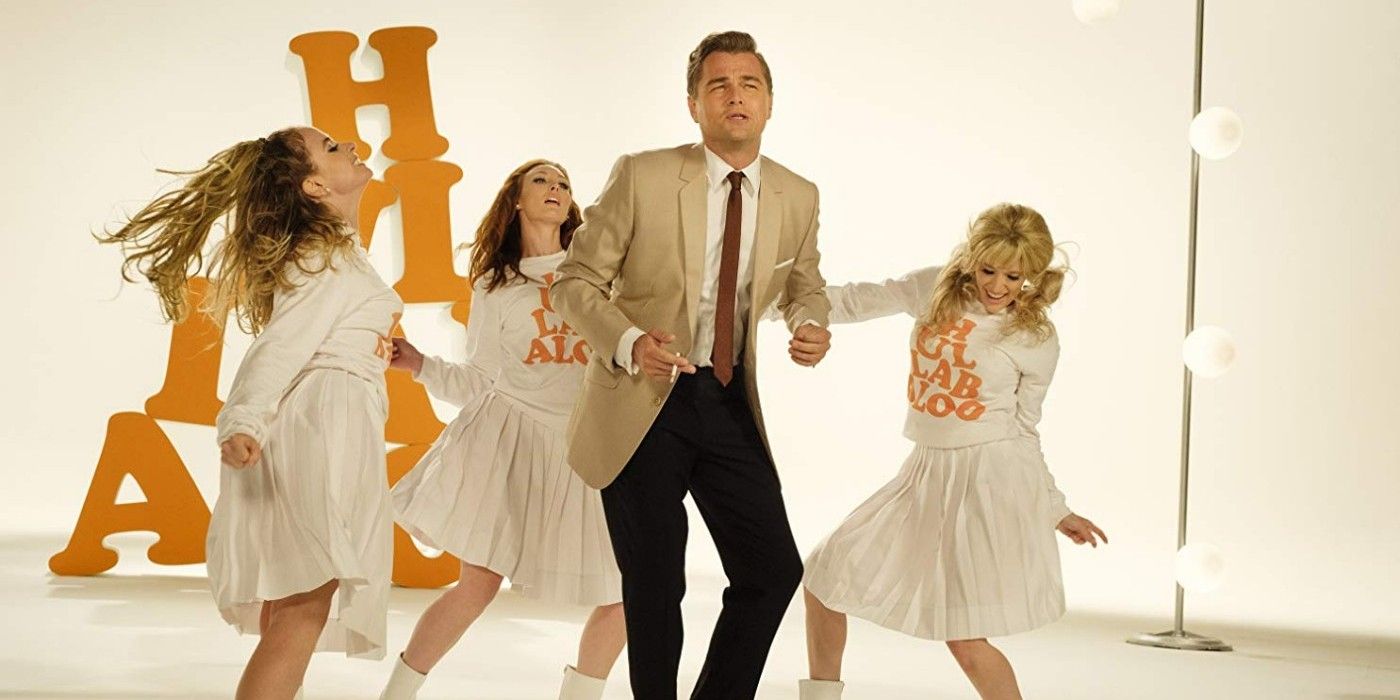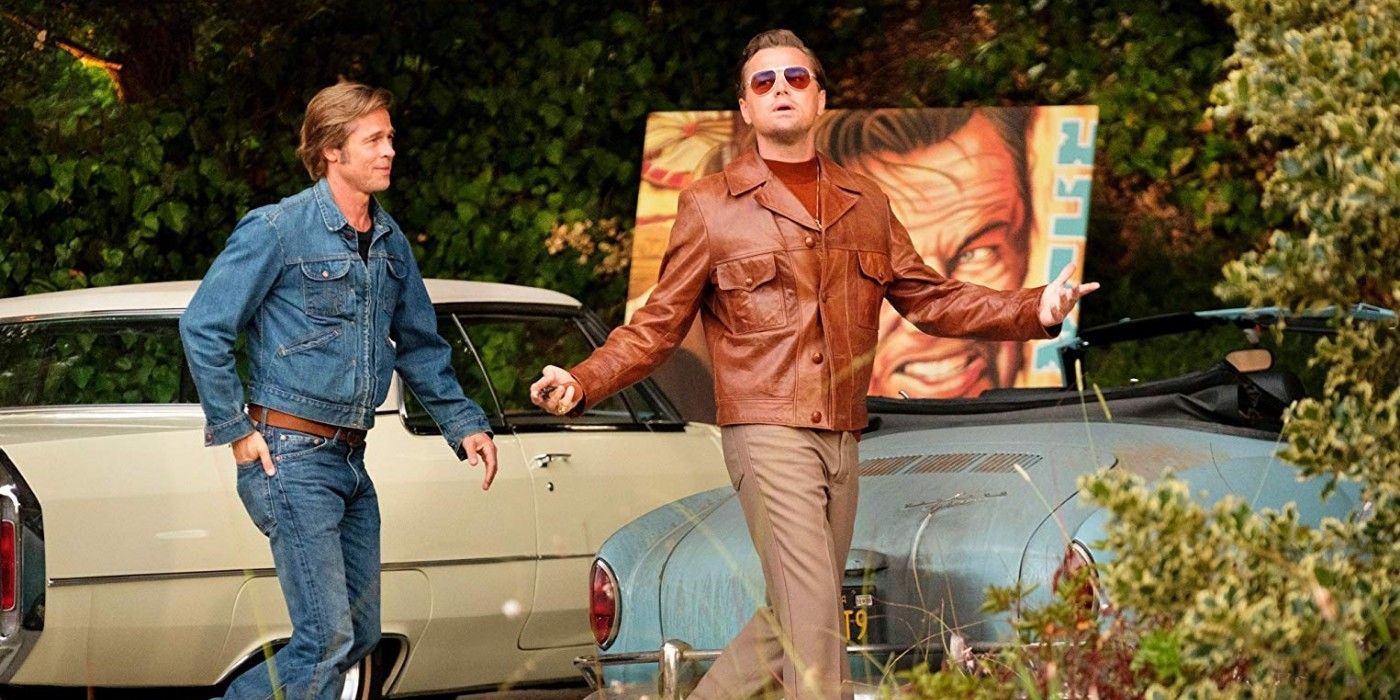Once Upon A Time In Hollywood's foley artist has revealed how he created the sounds of the movie's brutal ending deaths. Quentin Tarantino’s ninth film was released to numerous rave reviews this summer, praising the film’s passionate depiction of a bygone era.
Unlike almost all of the famed filmmaker’s previous work, Once Upon A Time in Hollywood offers a more sensitive examination of its characters, eschewing the multi-chaptered aesthetic and blatant violence seen in other Tarantino films like Pulp Fiction, Kill Bill Volumes 1 and 2, Inglourious Basterds or Django Unchained. Instead, audiences are treated to a depiction of Los Angeles (and particularly Hollywood) in the final year of a decade that had been rife with serialized TV, drugs and an increasingly commercial hippie standard.
The climax of Once Upon A Time In Hollywood is as blood spattered and brutal as much of Tarantino's previous work, though in more concentrated dose. Tarantino has always been a stickler for detail, and Once Upon A Time’s ending was no exception. Speaking to Vulture, the film’s supervising foley artist Gary A. Hecker revealed that he used a multitude of techniques to get just the right sounds for what turned out to be a vicious ending. According to Hecker, the sound of Cliff Booth’s (Brad Pitt) dog tearing the clothes of Manson family members upon the start of the film’s final battle was simply a matter of physically tearing “different pieces of jeans and thick pants, sweats — big tears and yanking on the cloth.”
As the battle progressed, things became more complex, of course, and Hecker pounded a 1960s-era phone into a wooden desk in order to create the sound of on e Manson family member’s head being repeatedly driven into the wall phone by Booth. As this assault continues, Booth takes the Manson family member and begins smashing his head into a wooden mantle. Hecker imitated this rather nauseating sound by smashing the “meaty part” of his palms on a cement slab – an act that physically hurt him. The sound of teeth smashing in the victim’s skull were created by snapping sticks of celery and the grand finale involving Rick Dalton (Leonardo DiCaprio) and a flame thrower was done with sound effects.
When seen and heard on screen, everything adds up to a perfectly executed symphony of pain and brutality – one that audiences can’t help but cheer on. Indeed, Once Upon A Time In Hollywood may not have been Tarantino’s most typical film, but it certainly provided fans with a new take on a filmmaker whose love for cinema has never wavered. And, as is the case with all the films on the Oscar-winning director’s resume, Once Upon A Time In Hollywood, despite its different style and pace, very much holds its own place in a legacy that can only be described as Tarantino-esque fun.
Source: Vulture


